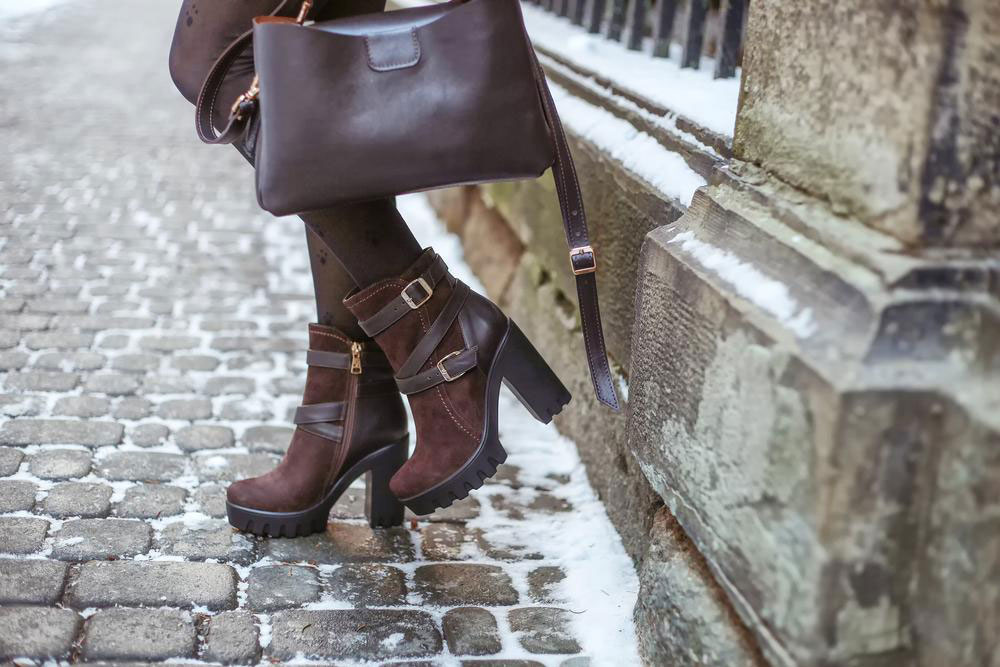Tips for choosing the perfect winter boots
Your boots have to be different, and it all depends on the type of cold weather you are facing or going to face. Cold weather can be mild, and this is the time when you can dress smart – wear V-neck sweater, no scarf, bare your ankles and be comfortable.

In winter every inch of skin needs to be covered. Winter is not kind, and it does not fool around. You need to begin with warm winter boots they need to be versatile, warm and good looking. They have to protect your feet and keep them warm. You can find many boots from various brands like Baffin, Sorel, Merrell, The North Face, Columbia, Timberland, and Salomon, etc. You can choose from different types of brands, styles, snow boots, hiking boots, and insulation needed. Whether it is women’s winter boots or men’s, whether there are winter boots on sale or not, the following aspects will help you choose the apt one for your feet:
- Temperature : Temperature plays the major role in choosing sweater boots. You can choose what you want to wear depending on the level of activity that you will be doing every day. Boots that are rated -40°F are perfect as snow boots although the temperature outside may be 10°F or 20°F. But it is best to buy for lower temperature than what it is outside. Boots are divided into four temperature categories. Each product notes the comfort range of customers it is at the lowest temperature that keeps your feet warm and at the highest temperature, which does not allow the feet to overheat.
- Activity : The boots depend on your activity, walking on snow or through deep snow, snowmobiling, walking in the woods, etc. If you stand still, then you need warmer boots. Snowshoeing heats up the body, and hence you do not need warm boots. The snow boots are designed to keep the cold and wet out. Warm feet are happy feet. If you are going to be out in the cold for long, then you need a warm boot that will allow you to remain active and not make you sweaty at the same time.
- Sizing : It is important that the sweater boots fit well so that they can keep the cold and wet out. They need to be comfortable not to lose and not too tight. Snow boot fit is naturally loser than those used for work and hiking. There is a misconception that winter boots have to be large to make a place for thick socks. The most common misconception from consumers is that sweater boots should be purchased in a larger size to accommodate for thick socks. Finding boots to fit narrow/wide feet is a common concern. Customers looking for narrow footwear can go in for laced that can be tightened at the instep. Using a good quality footbed reduces the overall space inside the boot.











